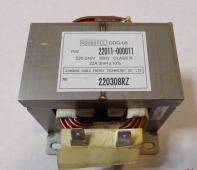Should I open one up, post pics and have you guys tell me where to tie in the panels and such?
I have good soldering skills, just no knowledge of where to perform the surgery.
I have good soldering skills, just no knowledge of where to perform the surgery.




